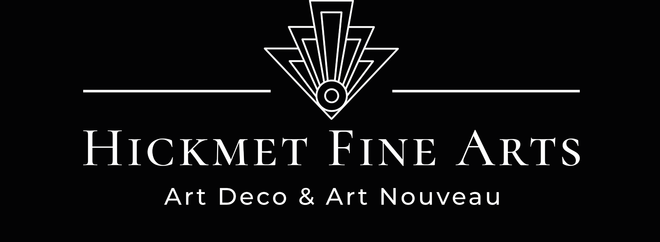An excellent mid 19th Century French animalier bronze study of reclining panther with wonderful autumnal (green, orange, black and brown) patination and very intricate hand chased surface detail. Signed Barye and cast in the artist's own foundry
ADDITIONAL INFORMATION
Height: 13 cm
Width: 9 cm
Length: 28 cm
Condition: Excellent Original Condition
Circa: 1860
Materials: Bronze
Book Ref BARYE Catalogue Raisonne des Sculptures by Michel Poletti – Alain Richarme
Page no. 219
Foundry: Barye's own Atelier/Foundry
SKU: 8934
ABOUT
Antoine Louis Barye
“The Michelangelo of the Menagerie”
These are the words of Théophile Gautier in praise of Barye’s genius. Throughout his life Barye endeavoured to capture the fundamental nature of the animal kingdom in all its diversity, wild or tame, exotic or familiar, cruel or gentle, bringing to life the roaring, trembling, living beasts.
The son of a goldsmith, apprenticed to a steel engraver at a young age, Barye found himself making moulds for ornaments, acquiring knowledge that he would later build on to produce his exquisitely chased bronzes. When he was called up at seventeen, he joined the army’s topographic brigade where he used clay to model raised relief maps. When the empire fell, Barye briefly studied with the sculptor François-Joseph Bosio, then moved to the studio of painter Antoine-Jean Gros. There he encountered a burgeoning Romanticism that seemed closer to his own aspirations and penchant for drawing, something that would become a major part of his life’s work.
Barye began working for the goldsmith Jacques Henri Faucnnier in 1820 and became a regular visitor at ‘Le Zoo du Jardin des Plantes‘ the National Museum of Natural History and its menagerie in Paris, where he studied the wild animals under the watchful eye of the lion keeper Mr Rousseau. As well as studying live animals, he practised dissection with Eugène Delacroix and noted his observations on his drawings. This gave Barye the impetus to move away from the neoclassical and Renaissance styles where animal subjects were treated as ‘additions’ or ‘supplements’ to art and regarded as inferior, allowing him to single handedly turn the study of ‘Animaliers‘ into one of the most important art forms of the 19th Century.
Barye received his first official acclaim at the 1831 Paris Salon. This recognition encouraged him to open his own studio or ‘atelier’, where he produced an Elephant that would become the Duc d’Orleans family’s first major acquisition. At the 1833 Salon Barye unveiled his emblematic Lion et Serpent, which the French State purchased and had cast as a monumental bronze for the Tuileries Gardens.
Having mastered lost-wax casting, Barye opened his own foundry in 1838 and there he took sand casting to a new level. He brought his bronzes to life, honing them with unrivalled chasing and a subtle range of patinas (colours). Struck by the vitality of Lion et Serpent François Lenormand remarked, “The first time I saw it, I thought the lion moved. Yesterday I heard it roar”.
For a full selection of our animal sculpture click here
















